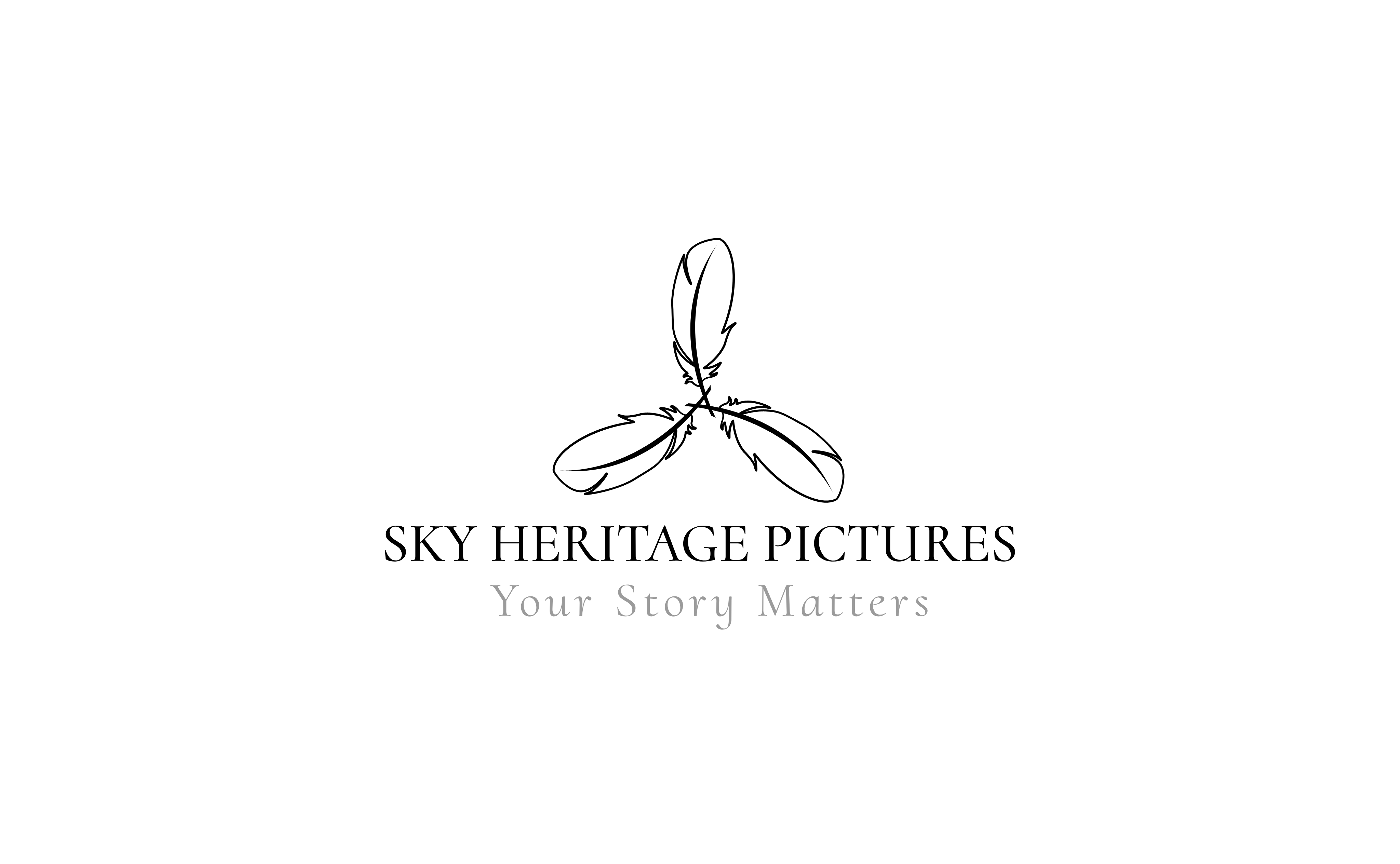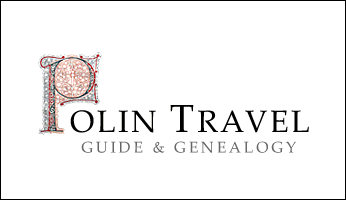or at : https://www.youtube.com/watch?v=xjr8CpauwwM

Tourism in the age of Coronavirus resembled the seven stages of grief.
March was about shock and denial.
Observing the next and next countries closing their borders and air traffic coming to an almost complete standstill is not something that a person working in the travel industry expects in spring. Especially those working in incoming tourism had it hard to take it easy. Spring has always been the time of intense contracting, setting itineraries, and coordinating calendars. March was a runway into another interesting flight though the high season in tourism. Through the ups and downs of a guide or tour operator career in search of a better interpretation of sites, more complete education, and a full range of emotions. Not in 2020. This time March was about shock and denial. The promising take off in 2020 finished with an emergency landing. Instead of contracting new bookings, it was hard to service all the cancelations coming at once. Chaos and uncertainty were in the air sometimes making guides to ask their potential clients to just cancel instead of living in denial. Denial is a defense mechanism and helps us to accommodate the sudden change in a long time. The words of postponement or rescheduling were bringing some hope but were not offering any consoling time horizon.
The global number of confirmed COVID cases was over 700.000 in late March.
April was about pain “ without” guilt.
Our world has stopped. Museums were closed, the streets were empty. Suddenly there was too much time but ironically no time at all as adaptation into the new reality was devouring it. April for most people in the tourism sector was about asking many questions but hearing no answers. It took time to realize that from now on you need to guide yourself through terra incognita and coin the answers on your own. Luckily the travel industry always required a high level of resourcefulness which also this time was alleviating the helplessness. Social media offered a good forum for travel people to cooperate and unite but also to peep at how others adapt. It was painful to participate in yet another online conference on how to safe tourism when no time horizon of limitations is known and no one guilty for this shut down can be found. It was even more painful to walk the empty streets with a mixed feeling if it is even legal at this point to the pandemic.
The global number of confirmed COVID cases was around 3.00.000 in late April.
May was anger and bargaining.
The initial shock and denial gave place to anger. Mostly anger at and bargaining with the politicians and their various financial tools to support the travel sector. Social media were flooded with demands and questions on how to fill in the forms. The travel sector in most European countries was offered a financial drip-bag and this can never replace the real hunger for exploring and explaining, which tourism is about. This anger and lack of perspective made some of the very gifted guides to leave and follow alternative careers while others stared to look for various ways to stay in tourism but change the modus operandi and communication channels to survive. Social campaigns like “become a tourist in your own city” or marketing campaigns of various ideas of keeping the social distance while in travel were nothing more but bargaining with the unknown. By the way “social distancing” is a very poor term for the pandemic. It shall be “physical distancing” and “social closeness” especially during shut down and isolation.
Such a crisis proved to be also a good shock test for the system of travel warranties and deposits paid by clients and internal relations within the travel sector. Bargaining started about money returns, vouchers, and other forms of wining time versus winning credibility. It took me 2 months to negotiate with a respectful hotel on behalf of one of my clients who was adamant to come but as a US citizen could not land in the EU. Finally, a voucher for 24 months was issued which was far from satisfactory but marking a compromise. May was about compromise but also realizing responsibility. The same client who had to cancel the hotel in Cracow send me best regards from Minsk/Belarus in early August as this was the only European destination he was interested in and could travel to.
The global number of confirmed COVID cases was around 3.000.000 in late May.
June brought depression or “syndrome of attention withdrawal”
Working in the travel industry as a guide or tour leader becomes part of your mental DNA over time. In regular June you are set to work on the top of your game. June 2020 was rather lonely, reflective, and marked with certain tiredness of social media or online presence. Working as a guide is about communication skills, knowledge, and understanding your audience, all those are constantly putting you in the spotlight and leader position for those following your narrative. Being an actor and attracting attention gets addictive. It is even better than in theater as you can constantly communicate with your audience. You can change and improve your performance. In June 2020 the spotlights were turned off and there was no place to put up the show anymore. Many guides went through something I have diagnosed as “syndrome of attention withdrawal”. For some, it was depressing for others represented an additional stimulus. Many started to realize their talking and communication needs on-line which brought a large number of videos, lessons, and messages from all around the world. The first attempts of on-line guiding were appearing with those the eternal problem of how to capitalize on then. It was also in June when the Museums and historical sites started to work out the new sanitary security protocols for opening. Auschwitz State Museum tested the new protocols in late May, trained all of their staff though June, and opened to first visitors on July 1st, 2020. Guides returned to work and adapted fast to face shields and physical distancing.
The global number of confirmed COVID cases exceeded 10.000.000 in late June.
July was the upward turn.
July was the time to fight for return as the anger and pain gave place to limited optimism caused by internal tourism within the EU countries returning. Yes, most people had enough of closure and often against common sense decided to go somewhere, explore and sightsee. Often it was a kind of internal rebellious paradigm making people run away and travel as long as it was possible. Surprisingly, although in their own country many decided for a guide to show them a city, introduce to history, or just teach the kids something more that lazy beach holidays. Here the audio guide and voice transmission systems came as a great help to keep physical distancing. It was a pleasure to observe the guides in Constance over Bodensee doing their work and answering questions to the masked up small groups. Curiosity and the need for education were stronger than fear. The tour providers learned that under certain protocols kept exploration is possible. More and more museums started to provide outdoor events or exhibits. Participation in those proved to be for many tourists a great chance to escape and rest from the avalanche of COVID news, statistics, and political chaos. All in all culture and heritage exploration has a role of refocusing our attention from the daily, mundane to the universal and high-minded. Museums are the shines, curators, educators and guides represent various levels of the clergy.
The global number of confirmed COVID cases exceeded 17.000.000 in late July
August is reconstruction and working through.
So, let us face it, there is a pandemic. Tourism doesn’t and will never again operate in the same way as it did before March 2020. No man ever steps in the same river twice. The fear factor will remain both on the side of guides and tourists and alleviating it will become a new virtue in the guide’s profession. Respecting the procedures seriously and sometimes teaching them to visitors will become a new norm of guides and leaders. Yes, our daily performance theater will become the mask one and will demand this little extra input to regain credibility. Ignoring the threat, acting defiant is the shortest way to the next shut down which may be lethal for tourism. I have no problems anymore with starting my Auschwitz tour by teaching people how to wear a mask properly. All in all visiting Auschwitz is very much about learning responsibility for the other. Auschwitz Museum by introducing and keeping the procedures and adapting the exhibit got to at times 2000 visitors a day now. Last year the same time it was close to 8000 visitors a day. Showing and keeping responsibility brings credibility and a real sense of safety. Something we all need now. Working through is very much about adapting and diversifying the channels in which tourism operates. I am a proponent of an on-line historical preparation before the visit as a way of getting to know your guide, subject, and chronology, then the physical exploration of the historical site with keeping the procedures to finish with an on-line evaluation and Q&A session. It works miracles and in my case proved to be more educationally effective then guiding before the pandemic.
The global number of confirmed COVID cases exceeded 25.000.000 in late August
Will September bring acceptance and hope or we succumb to shock and denial again.
Time will show…but as for now the pandemic proves to be very Darwinian. Only those who adapt will survive.
I try to survive with a new visual history and historical sites interpretation project SKY HERITAGE PICTURES. https://www.facebook.com/SkyHeritagePictures
Note about the author:
Dr. Tomasz Cebulski established Polin Travel in 2000 to merge three of his passions: Jewish history, genealogy, and guiding. The last 20 years brought many explorations, genealogical finds, and emotions that proved to be transformative for him and his clients. Pursuing an academic career he doesn’t lose sight of moving his travel activities on-line with first successful on-line guided tours, on-line genealogy supported with customized films, and lectures. Tomasz Cebulski during the COVID pandemic initiated a new visual history and historical sites interpretation project SKY HERITAGE PICTURES.
Shorter version of this text was published at Jewish Heritage Europe in September 2020.



